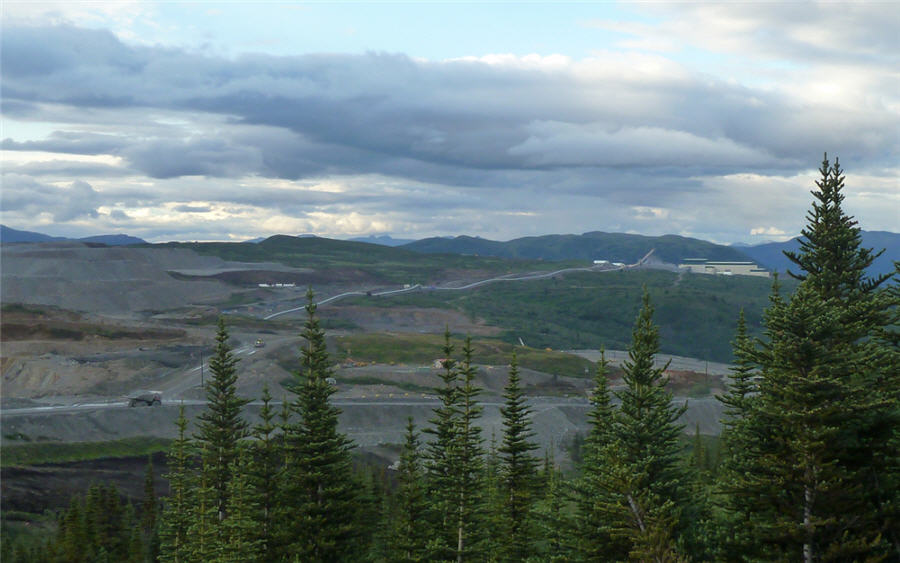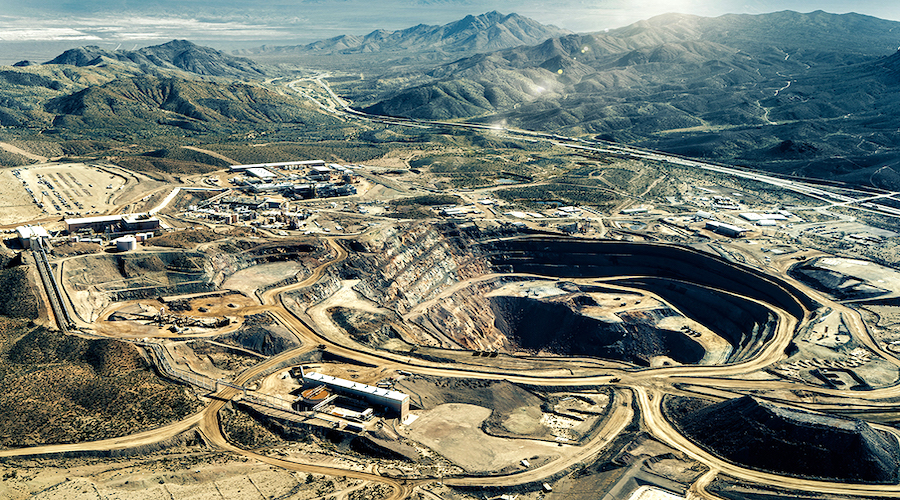Newcrest eyes deeper mines, smaller footprint with block caving

Australia’s Newcrest Mining is tapping big data and block caving to delve deeper into the earth’s crust for mineral riches that just a handful of years ago would have been too costly to extract.
Experience in block caving helped the country’s biggest listed gold miner find extra value in its $807 million acquisition of Canada’s Red Chris mine in March, Chief Executive Sandeep Biswas said in an interview ahead of attending LME Week in London.
The method, pioneered by four global miners, is opening up access to deeper, once uneconomic deposits and also has a smaller environmental footprint than open pit mining, Biswas said.
The mining technique could lead to a new wave of discoveries in a geological mineral belt that starts in Canada and runs all the way down to top copper producer Chile
Block caving involves undermining an ore body and then allowing it to collapse under its own weight, with the broken ore removed through a network of tunnels.
The technique is particularly useful in some copper-gold mineral systems due to rock structure and is one miners are increasingly using to mine harder-to-get deposits, such as at Rio Tinto’s Oyu Tolgoi mine in Mongolia.
“People have explored down to 200-300 metres because they have been hunting for open pit mines,” Biswas said.
“What we are finding, and Red Chris is a classic example, is that under a lot of these deposits… if you look deep there is a chance to find (new) deposits,” he said.
The mining technique could lead to a new wave of discoveries in a geological mineral belt that starts in Canada and runs all the way down to top copper producer Chile, he said.
“You could get in there (5 years ago) but you couldn’t get it out for the cost per tonne,” he said.
Block caving was developed in the early 2000s in a collaboration by Newcrest, Rio Tinto , Freeport and Chile’s Codelco.
At its Cadia mine in Australia, Newcrest has dug down more than 1 km (0.6 miles) to access the orebody column above, which is twice the height of any other block cave in the world, Biswas said.
Ensuring the method is successful with the tallest ore bodies requires specialist engineering, a type of rock preconditioning in which natural flaws are exploited to destress the rock and make it stay in shape, as well as plenty of computing heft, he said.
“Imagine this big block a kilometre high, we can now find out which way the rocks are moving in there. We put sensors in, which give us a ping now and then as to where they are and we can actually track the rock movements through that entire block right down.”
More data and more computing power were driving innovation and savings throughout the industry, he said.
“It’s going in leaps and bounds literally as we speak.”
(By Melanie Burton; Editing by Richard Pullin)
More News
Ukraine-US sign memorandum on minerals deal
April 17, 2025 | 03:05 pm
Ontario promises to cut red tape for critical mining projects
April 17, 2025 | 01:48 pm
MP Materials halts exports to China
The move follows Chinese restrictions announced earlier this month.
April 17, 2025 | 01:32 pm
{{ commodity.name }}
{{ post.title }}
{{ post.date }}




Comments
Peter Baumgartner
Sorry but block caving is hardly new and precedes your quoted 2000 start date by at least 80 years in the Americas. Back in the 1970’s, caving methods were part of my Mining Engineering curriculum and I did my M.Sc. dissertation on “The Effect of Joint Fabric on the Cavability of Rock Masses” by using the base-friction method.